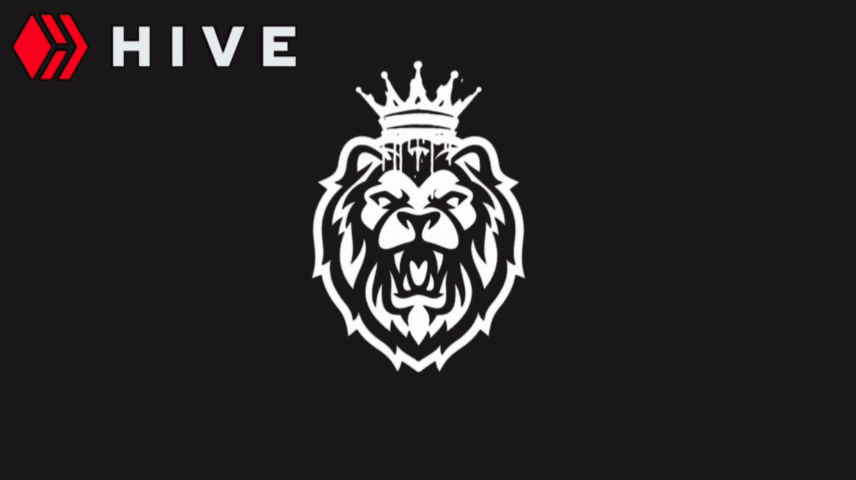
Músculos del compartimento anterior, o flexores-pronadores
Músculos del compartimento posterior, o extensores-supinadores
Cada compartimento está subdividido en capas superficial y profunda, por lo cual podemos decir en general que estos músculos están distribuidos en cuatro capas. Además de sus funciones generales (flexión, pronación, extensión y supinación), los grupos musculares del antebrazo comparten varios patrones comunes de inervación. Todos los músculos flexores están inervados por el nervio mediano, excepto el flexor ulnar del carpo y la mitad medial del flexor profundo de los dedos, que están inervados por el nervio ulnar. De este mismo modo, todos los músculos extensores están inervados por el nervio radial.
Esto es solo información resumida, ya que existen diversos estudios y mucha más información sobre el tema.
Muscles of the anterior compartment, or flexors-pronators
Muscles of the posterior compartment, or extensors-supinators
Each compartment is subdivided into superficial and deep layers, so we can generally say that these muscles are distributed in four layers. In addition to their general functions (flexion, pronation, extension, and supination), the muscle groups of the forearm share several common patterns of innervation. All flexor muscles are innervated by the median nerve, except the flexor carpi ulnaris and the medial half of the flexor digitorum profundus, which are innervated by the ulnar nerve. Likewise, all extensor muscles are innervated by the radial nerve.
This is only summarized information, since there are various studies and much more information on the subject.
Colgar en Posición Dominada Australiana:
Este es un ejercicio básico pero no por eso es del todo sencillo. En posición de “dominada australiana” o remo con agarre prono (palma de las manos como se muestra en la imagen) nos colgaremos usando nuestros dedos, este agarre para que no generemos tanta fricción y tengamos que hacer mayor esfuerzo con nuestros antebrazos. Si sientes que el ejercicio es demasiado fácil para ti, puedes probar a quitar uno a uno los dedos de la barra.
Flexiones de Muñeca contra Muro (o Barra Baja):
En este ejercicio empezaremos con las manos apoyadas sobre un muro con nuestras palmas, usaremos el movimiento de las muñecas y de los dedos para empujar el muro, una vez te sientas muy cómodo con este movimiento puedes usar objetos más bajos en los que puedas apoyarte como una mesa o en una de las barras para fondos que no suelen estar a mucho más de un metro de altura.
Hanging in Australian Pull-Up Position:
This is a basic exercise but that does not make it completely simple. In the “Australian pull-up” position or rowing with a prone grip (palm of the hands as shown in the image) we will hang using our fingers, this grip so that we do not generate as much friction and have to make greater effort with our forearms. If you feel that the exercise is too easy for you, you can try removing your fingers from the bar one by one.
Wrist Push-ups against the Wall (or Low Bar):
In this exercise we will start with our hands resting on a wall with our palms, we will use the movement of the wrists and fingers to push the wall, once you feel very comfortable with this movement you can use lower objects that you can lean on such as a table or on one of the dip bars that are usually not much more than a meter high.

 |

Saludos @isaac-mir
Greetings @isaac-mir
Agradecido ♥️